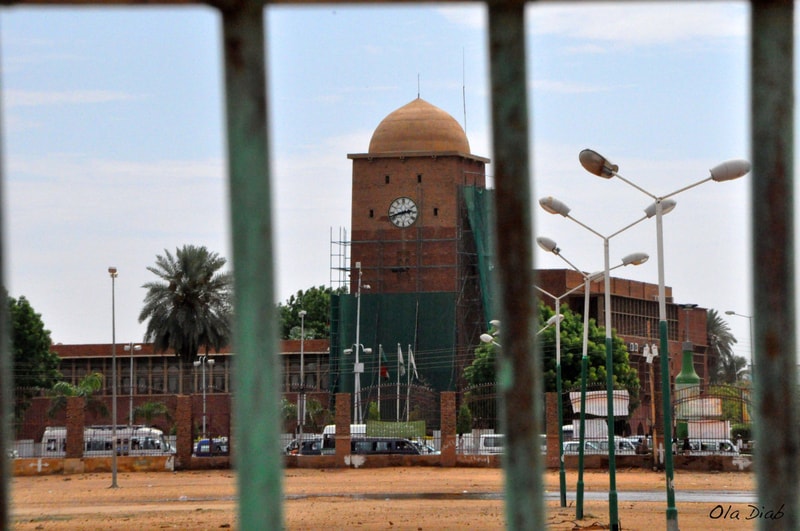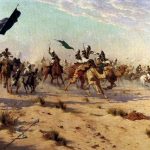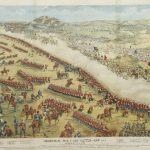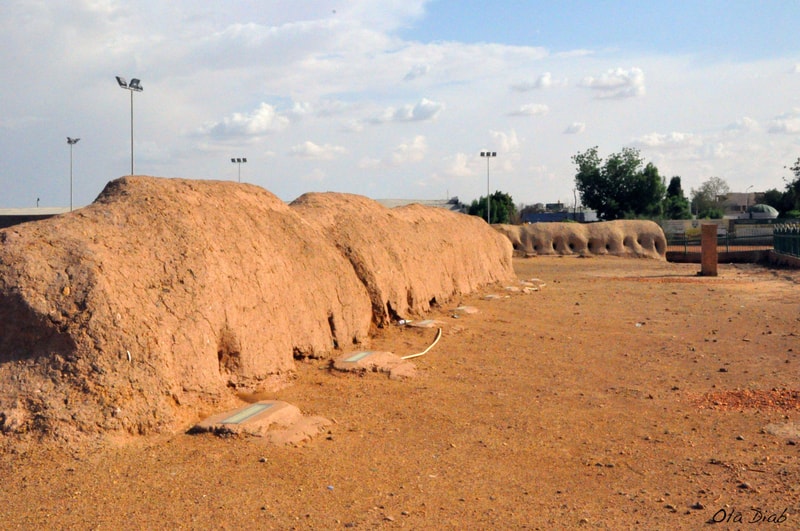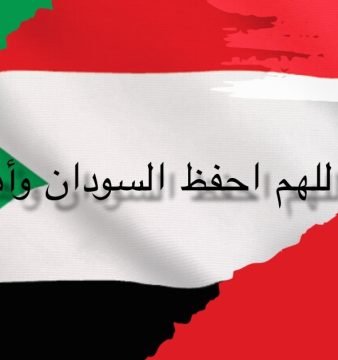Omdurman: The National Capital of Sudan
Omdurman sits in the triangular capital of Sudan, which includes Khartoum and Khartoum North. Referred to as ‘Omdur’ in short, it forms the largest part of the triangular capital of Sudan. It is located along the west bank of the Nile River, opposite Khartoum and Khartoum Bahri. With a total population of 7,830,479 inhabitants in the capital of Khartoum, Omdurman has a population of 2,395,000 in an area of about 4,948 square kilometres.
Omdurman is home to Sudan’s official radio and television studios, municipal building, military hospitals, military college and the Wadi Sidna military base. Three of the main landmarks of Omdurman are the National Theatre, Al-Nilin Mosque and Al Mahdi Tomb. Omdurman is also home to three of Sudan’s largest sports clubs – Al-Hilal, Merrikh and Mawrada. Located on the south is the long-awaited, upcoming Khartoum International Airport (KIA).
A few of Sudan’s top universities are located in Omdurman including Ahfad University for Women (AUW), Omdurman Ahlia University (OAU), Sudan University for Science and Technology (SUST) and Omdurman Islamic University (OIU) among others.
After the rise of the Al Mahdist Rule in Sudan in 1884, Khalifa Abdullah Al Tayshi changed the capital of Sudan from Khartoum to Omdurman. But after the fall of the Al Mahdist Rule and the rise of Anglo-Egyptian Sudan in 1899, Khartoum was restored as the capital of Sudan.
Omdurman is known for the famous battle of Karari, which took place in 1898 on the outskirts of the city. It was run by the Mahdia forces under the leadership of Khalifa Abdullah Al Tayshi, and the British invasion forces led by Lord Herbert Kitchener. The battle included former British Prime Minister Winston Churchill, who was then an army officer. Churchill’s book ‘River War’ talks about his experiences during that period.
Omdurman is rich with historic monuments and sites that are significant not only to Omdurman’s history but to Sudan’s history as a whole. Here are the main landmarks of Omdurman:
Abdul Qayyum Gate
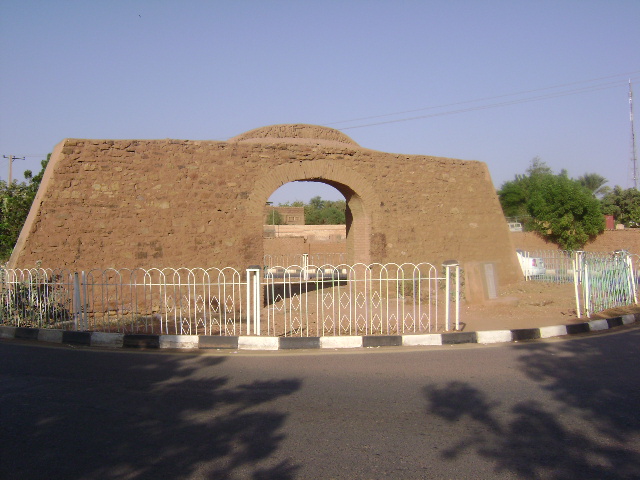
Image source: Husam Mohammed
The Abdul Qayyum Gate is the remnants of the city’s ancient wall, which surrounded Omdurman from 1885 and 1898. It’s located on Al Bawaba Street (named after the Abdul Qayyum Gate) between Al Mawrada and Al Mulazmin. Nearby landmarks are Khalifa House Museum and Al-Nilin Mosque.
Al Mahdi Tomb
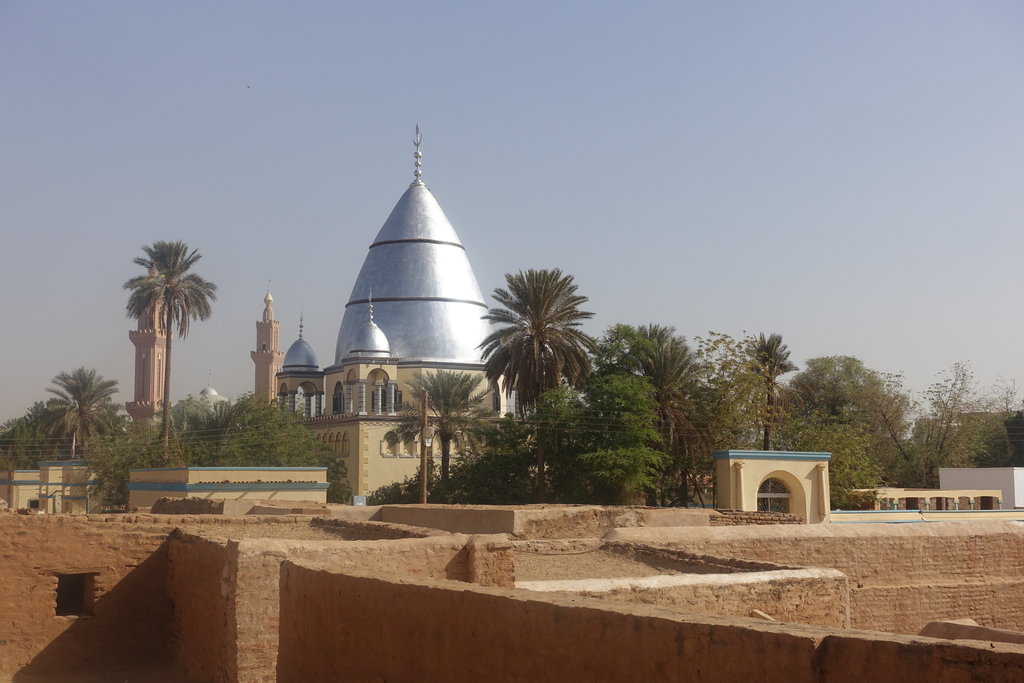
Image source: Husam Mohammed
The tomb of Sudanese leader Imam Mohammed Ahmed Al-Mahdi is one of the most important spiritual and historical monuments of the city of Omdurman. It survived the bombing of the British occupation forces led by Lord Kitchener following the famous Battle of Karari in 1889 when the English regained occupation of Sudan. According to historical documents, Lord Kitchener wanted to bomb the morale of the anti-British revolutionaries after that battle, in which nearly 10,000 Mahdi rebels were killed. Before the independence of Sudan, Imam Abdulrahman Sadig Al-Mahdi rebuilt the tomb and built a complex around it, which then witnessed many contemporary political events in Sudan. The dome of Al Mahdi today stands in the heart of the city of Omdurman, which is called the national capital as a witness to the history of contemporary Sudan. The Museum of the Caliph is overwhelmed with many of the effects and remnants of that era and receives tourists and those interested in the history of this era of Sudan.
Al-Nilin Mosque
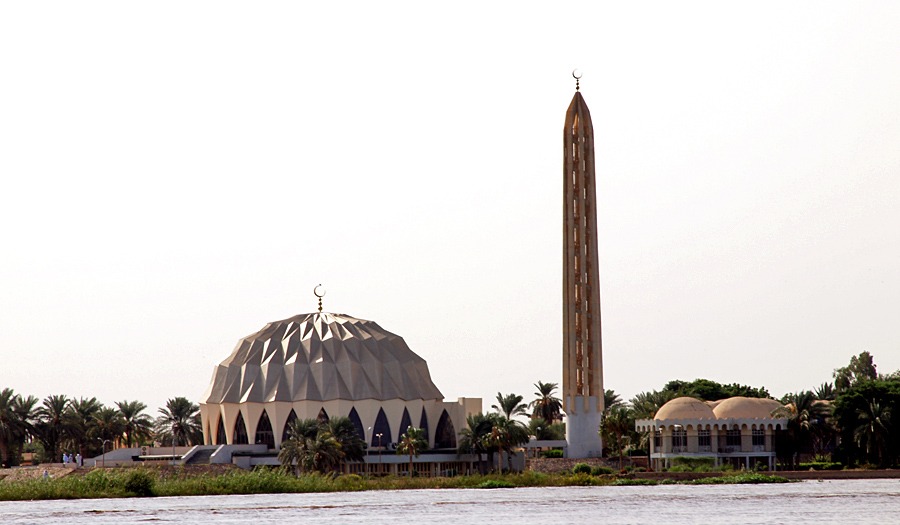
Image source: Husam Mohammed
Another important tourism attraction is the Al-Nilin Mosque, which sits on the banks on the White Nile. It was inaugurated in the mid-1970s during the reign of President Jaafar Mohammed Nimiri and is considered to be one of the most distinctive architectural buildings in Sudan. The mosque was built as a giant shell where the White and Blue Niles meet. It was designed as part of a graduation project by students from the Faculty of Engineering and Architecture at the University of Khartoum. It is the first building in Sudan to be constructed of aluminium cutters and without pillars supporting the roof; as the roof connects directly to the ground like a shell.
Al Tabia
Another important site in Omdurman is Al Tabia, a fortified site of defence walls, was built in 1896 with mud and solid rocks along the Nile. These walls were used by Al Mahdi’s Army to attack enemies coming from the Nile.
Khalifa House Museum
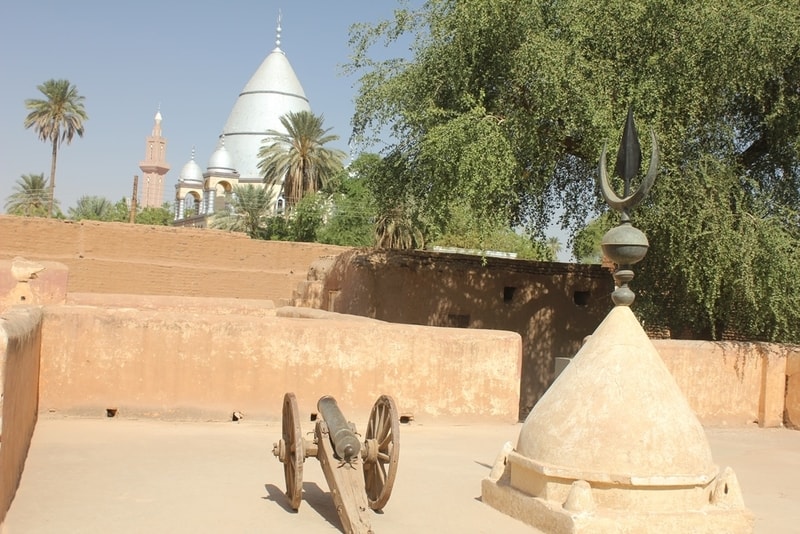
Image source: Wikipedia Commons
Among the tourism landmarks is the Khalifa House Museum, located in Omdurman opposite the Al Mahdi Tomb. It is an ethnographic museum and the house where Khalifa Abdullah ibn Mohammed lived. It’s an archaeological site that dates back to the era of the Mahdi State since 1881. The house was transferred into a museum in 1928.
When in Omdurman, make sure to visit these significant historic sites, but also make time for the following attractions:
Al Housh: A local supermarket and traditional fine-dining restaurant located on Omdurman’s Nile Street next to Al Tabia, offering local and regional delicacies. On weekends, dine al fresco with live music.
Al Mawrada: An old historic village in Omdurman, which is famous for its fish market along the banks of the River Nile where local fishermen sell their freshly caught fish.
Omdurman Market: Omdurman Market or Souq Omdurman is an ancient souq exhibiting a variety of handicrafts, artefacts, souvenirs and other Sudanese folk and traditional items or products. It’s a great place to visit for traditional souvenirs. The market is usually open from 8 am to 8 pm.
Rivera Park: A park located by the shores of the River Nile, which is popular among locals especially those living in Omdurman, featuring family friendly activities for children and offers outdoor dining facilities.
Sheikh Hamad Al Nil Tomb: A popular tourist attraction to witness the practices of the Quadriya Sufi order in this tomb and mosque located in the western side of Omdurman. The tomb is believed to be named after a Muslim propagator, who was well-known during the Funj Kingdom. The mosque was built in 1936 and has three domes, which represent the followers of Sheikh Hamad Al Nil.
Souq Al Naga: A simple, typical market where one can purchase cattle from the market. The soul is most well-known for the stalls of fresh meat and local food sheds, where guests can sit and eat freshly barbecued, roasted or stewed meat commonly known as shaya in Sudan and one of Omdurman’s delicacies.
The Clock Tower: The Clock Tower of Omdurman Municipal Building, which is also known as Omdurman City Hall, is a notable landmark in Omdurman. Nearby landmarks are Al Mahdi Tomb and Al Mahdi Square.
 Husam Aldeen Mohammed is a journalist, author and producer based in Sudan, working with several Sudanese channels, newspapers and magazines, covering a variety of news stories in Sudan.
Husam Aldeen Mohammed is a journalist, author and producer based in Sudan, working with several Sudanese channels, newspapers and magazines, covering a variety of news stories in Sudan.

